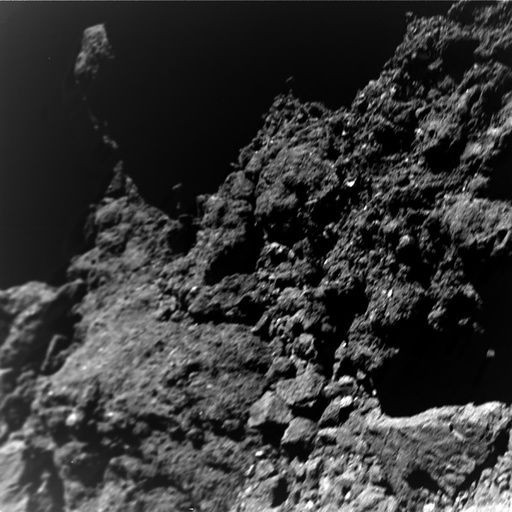NASA Asteroid Warning: Behemoth Space Rock Threatens Earth Next Month

NASA is currently on alert as all eyes are on a space rock that’s said to be half the size of British mountain Ben Nevis and hurtling towards Earth at an alarming speed of 18,000 miles per hour.
According to a report, the asteroid with code name 481394 2006 SF6, would be nearest to Earth on Nov. 21. What’s alarming is that the asteroid is classified as an “Apollo” which is considered to be the most dangerous class of space rock that’s set to cross the Earth’s orbit. The asteroid’s path is too close for comfort and can actually change course and bring it closer to the planet. If things get worse, it can cause damage that’s similar to the Yarkovsky effect.
According to the report, the Yarkovsky effect is when the “soft force of sunlight can steer asteroids into Earth-crossing orbits and drastically alter the layout of their paths across the solar system.”
In theory, asteroids that are larger than 35 meters across can already pose a significant threat to a town or city. So at 650-meter diameter, the 481394 2006 SF6 can be considered a major problem should the asteroid change its course. As it is, the asteroid has not yet been categorized under the Torino Impact Hazard Scale.
This category was adopted back in 1999 to categorize space objects with potential Earth impact events. This is done via a system that categorizes space rocks through a color-coding scheme. Depending on the scale, each category captures the possible scenarios that can be caused by meteorites landing on Earth.
This news comes at a time when new studies show that the number of asteroids nearly missing Earth has increased in the past few decades.
Based on a report, a NASA video showcased all known asteroids that passed through our solar system from Jan. 1, 1999, to Jan. 31, 2018 and it showed just how many near-Earth collisions occurred during the last two decades. This is an alarming thought considering the catastrophic outcomes that could have happened if any of these asteroids actually made its way to Earth.
In the video, blue dots represented near-Earth asteroids while the orange represented main-belt asteroids between the orbits of Mars and Jupiter. The video clearly showed that there have been increased blue dots appearing over the 20-year time-lapse.
© Copyright IBTimes 2025. All rights reserved.





















